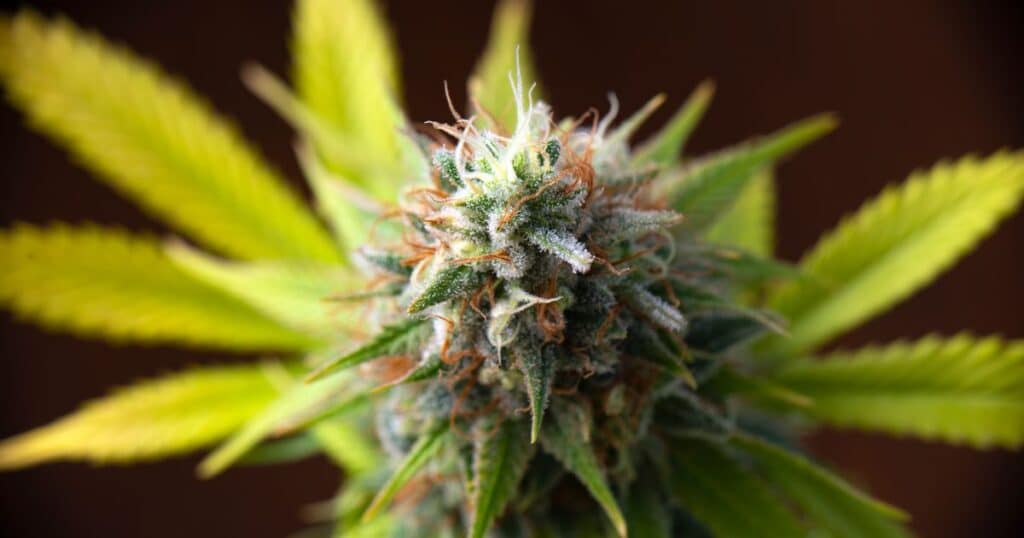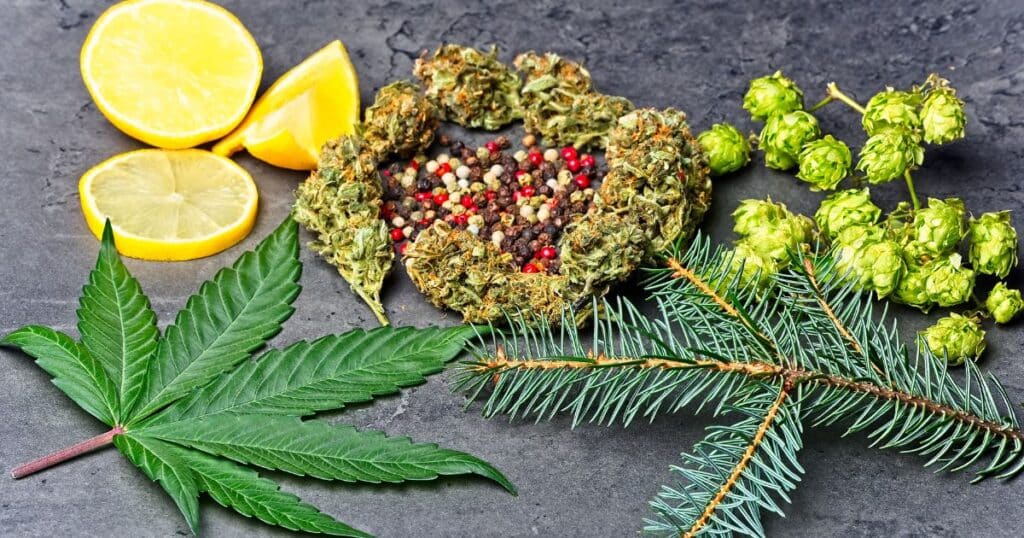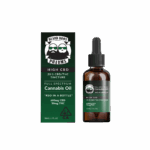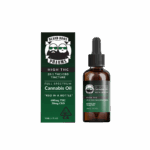In recent years, the intrigue over the mysterious properties of cannabis has shifted from the sensational headlines of its byproducts’ recreational uses to the scientific exploration of their potential medical applications.
Among these investigations, a notable discovery has surfaced: the complex interplay of cannabinoids, terpenes, and flavonoids, which are showcasing a sophisticated synergy of therapeutic effects collectively recognized as the “entourage effect.”
The cannabis plant, comprising more than a hundred cannabinoids and an array of terpenes and flavonoids, is fundamentally challenging previously known conventional pharmacology wisdom. The modern medicine approach has isolated and studied individual compounds for their effects.
A new study published in the journal Molecules underscores the critical need to pay attention to the ensemble cast of these compounds and their interactions.

The recent literature review in the journal Molecules underscores that while THC and CBD are the stars of the show, they are not the only compounds in cannabis that should be focused on.
In fact, the supporting cast of terpenes and flavonoids could well be the conductors that modulate the symphony of cannabis’s therapeutic effects. Understanding their collective might is unveiling a depth of the benefits of cannabis that cannot be appreciated when viewing only the major cannabinoids as isolated entities.
The study emphasizes how cannabinoids, terpenes, and flavonoids act as a battalion of compounds, collaborating and influencing one another in ways we are only beginning to understand. While cannabinoids like THC and CBD have been extensively studied, the terpene profile of a strain—responsible for its characteristic aroma and, perhaps, its therapeutic quirks—has remained relatively uncharted territory.
Interestingly, terpenes—such as myrcene, limonene, and pinene—are common in essential oils, and their therapeutic effects are acknowledged. For instance, myrcene contributes to the sedative properties of hops, while limonene is noted for its mood-enhancing capabilities, among other benefits. In the context of cannabis, these terpenes and others are believed to modulate the overall effects of cannabinoids.
Flavonoids, often associated with the vivid colors of flowers and fruits, make up another leg of the cannabis tripod. Although early-stage research on these compounds is available in limited quantities, it suggests they may have significant anti-inflammatory and neuroprotective roles, especially in neuroinflammation.
Implications for Medical Customization?
The examination of this complex dynamic has profound implications for medical cannabis treatment. By acknowledging the unique combination of compounds present in different strains, practitioners could possibly more accurately and effectively tailor treatment regimens to individual patients. This shift towards a more personalized and precise approach to cannabis-based medicine heralds a new chapter in plant-derived pharmaceuticals.
While the explanation of the entourage effect paints an encouraging picture for the future of cannabis in medicine, gaps in our knowledge remain vast. The call to action from this study and the scientific community is to conduct rigorous and comprehensive studies to gain a deeper understanding of these interactions.
Future research must focus on characterizing the terpene and flavonoid profiles of cannabis strains, examining their molecular interplay with cannabinoids, and studying the resultant physiological and therapeutic effects. Only through such studies can we hope to unlock the full potential of cannabis as a therapeutic agent.
Navigating the Legislative Labyrinth
A significant obstacle to this advanced study of cannabis’s entourage effect is the regulatory framework that classifies it currently as a Schedule I controlled substance. The implications of this classification are far-reaching, limiting access to research funding and materials and introducing administrative hurdles that can stifle innovation.
Addressing these regulatory challenges is crucial for the advancement of cannabis research. As the Molecules study highlights, only by broadening access to cannabis for research purposes can we fully explore its therapeutic properties.
“A comprehensive exploration of the synergies between cannabinoids, terpenes, and flavonoids, coupled with advancements in phytochemical research and the removal of regulatory barriers, holds the key to unlocking the full therapeutic potential of cannabis. Addressing these gaps is crucial for advancing the field and fostering evidence-based, personalized treatment modalities.”
It is the responsibility of lawmakers and regulatory bodies to foster an environment that champions scientific inquiry and promotes public health, especially in the realm of natural plant-based medicine.
A recent review by the Department of Health and Human Services concluded that cannabis should be reclassified as a Schedule III substance, which would facilitate further research and potentially open the doors to broader therapeutic applications.
The long-awaited federal government’s recognition of cannabis’s potential medical value, coupled with a change in its regulatory status, sets the stage for an era of innovative research in this field.

The interplay of cannabinoids, terpenes, and flavonoids serves as a testament to the intricate and intelligent design of the cannabis plant. The entourage effect is just the beginning of our exploration into the therapeutic potential of this natural marvel.
The ultimate collaboration—between cannabis’s chemical compounds and the scientific, medical, and commercial communities—is poised to revolutionize our approach to medicine. But it is a shared journey that relies on knowledge, collaboration, open-mindedness, and the will to challenge existing paradigms.
In embracing this collaborative spirit, we pave the way for a future where cannabis is not just a recreational indulgence or a last-resort medicine but a fully integrated component of our healthcare system.
It is through these concerted efforts that we will unlock the full therapeutic potential of cannabis and, in doing so, foster healthier, more informed, and more empowered communities. The path forward is clear: together, we set out to explore, understand, and harness the holistic benefits of this wonderful plant.
















